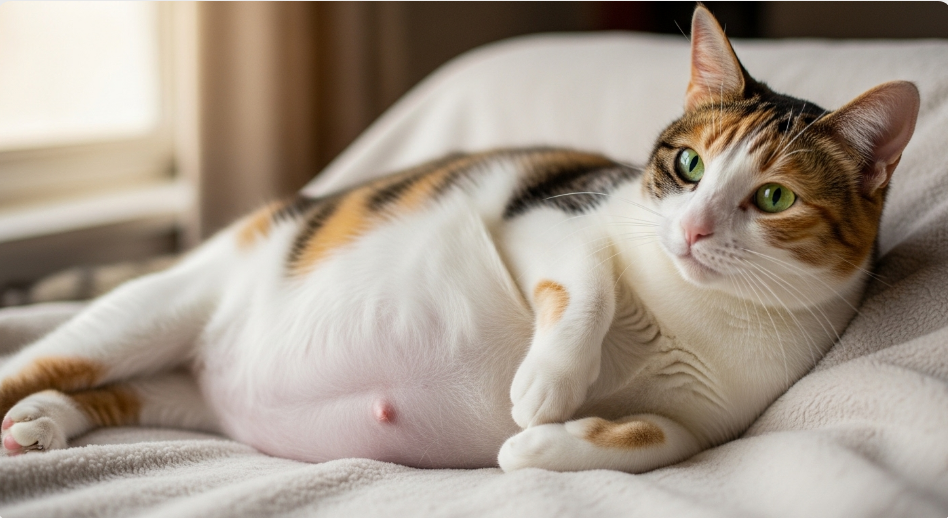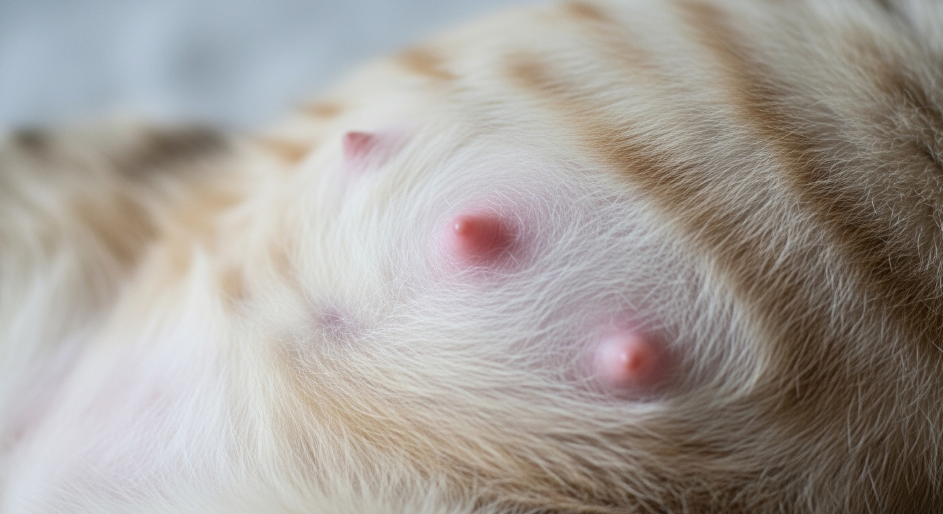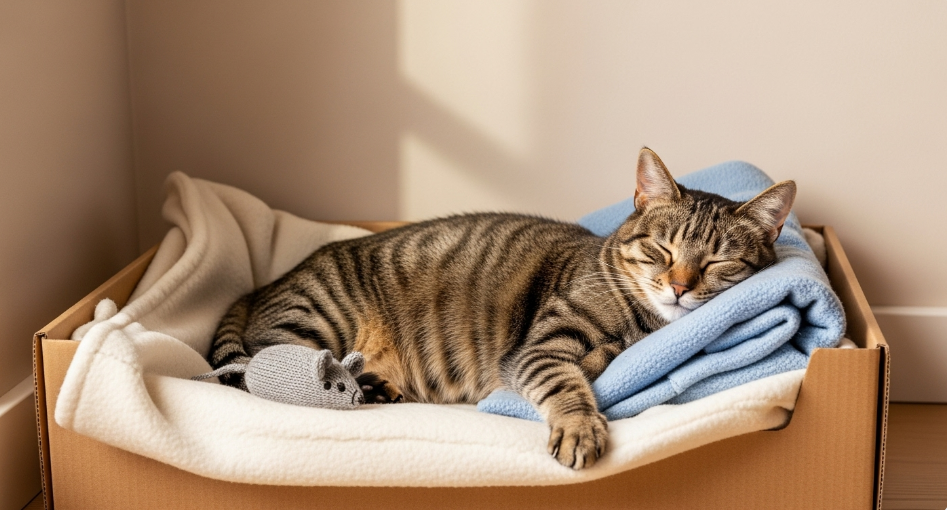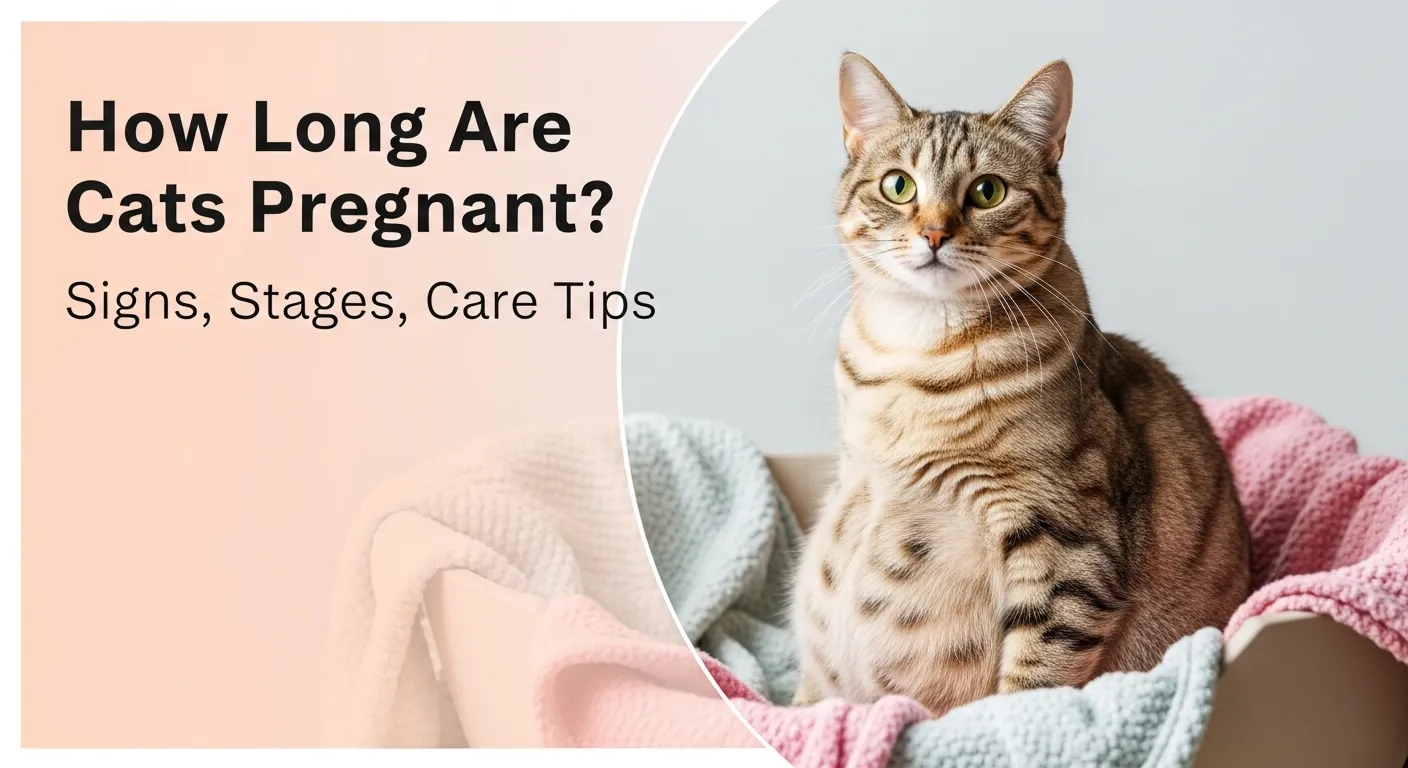Cats are beloved pets, and if your unspayed female cat might be pregnant, you’re likely wondering about the pregnancy duration, signs, and care needs. This guide covers everything you need to know about cat pregnancy in clear, simple language. From gestation length to labor signs, we provide actionable advice to ensure a healthy pregnancy for your cat and her kittens, optimized for both readers and search engines.
How Long Is a Cat Pregnant?
A cat’s pregnancy, or gestation period, lasts 63 to 65 days, roughly 9 weeks or 2 months. The range can vary from 60 to 70 days, with first-time mothers sometimes taking a bit longer. Pregnancies shorter than 60 days may result in kittens that don’t survive, so veterinary monitoring is key.
| Pregnancy Duration | Details |
|---|---|
| Average Length | 63-65 days (9 weeks) |
| Typical Range | 60-70 days |
| First-Time Mothers | May be slightly longer |
| Less Than 60 Days | Kittens may not survive |
A vet can confirm pregnancy and estimate the due date using ultrasound or X-rays, ensuring accurate planning for the birth.
Signs Your Cat Might Be Pregnant
Spotting a cat pregnancy can be tricky early on, but certain signs become noticeable over time. Here’s what to look for, broken down by stage:
- Early Signs (Weeks 1-3):
- Increased Appetite: Your cat may eat more to support growing kittens.
- Nipple Changes: Nipples become larger and pinker, known as “pinking up,” around days 16-20.
- Morning Sickness: Some cats experience occasional vomiting, similar to humans.
- Mid-Pregnancy Signs (Weeks 3-6):
- Weight Gain: Expect a 2-4 pound increase, depending on litter size.
- Swollen Belly: The abdomen grows noticeably larger.
- Behavioral Changes: Cats may become more affectionate or seek solitude.
- Late Pregnancy Signs (Weeks 6-9):
- Nesting Behavior: Your cat may search for a quiet, safe spot to give birth, like closets or under furniture.
- Milk Production: Nipples swell and may produce milk.
- Decreased Appetite: As kittens grow, space for food decreases, reducing appetite.
If you notice these signs, visit a vet to confirm pregnancy via palpation (2.5 weeks), ultrasound (3-4 weeks), or X-rays (6 weeks). This also rules out conditions like pseudopregnancy, a rare false pregnancy.

Stages of Cat Pregnancy
Cat pregnancy unfolds in distinct stages, each with specific developments. Knowing these helps you monitor your cat’s health and prepare for delivery.
- Fertilization and Implantation (Days 1-14):
- During the heat cycle (every 2-3 weeks, lasting ~6 days), mating triggers ovulation.
- Fertilized eggs implant in the uterus around day 14, starting the pregnancy.
- Cats may mate with multiple males, leading to litters with different fathers (superfecundation).
- Embryonic Development (Days 15-28):
- Embryos grow rapidly, forming into fetuses by the end of this stage.
- Nipple changes and slight appetite increases may appear.
- Fetal Development (Days 29-42):
- Fetuses develop organs, and the cat’s belly swells noticeably.
- By week 5, organ development is nearly complete, and you may notice “quickening” (sudden bursts of excitement from kitten movement).
- Final Preparations (Days 43-63):
- The cat prepares for birth, showing nesting behavior and increased grooming.
- Milk production begins, and body temperature may drop to around 100°F before labor.

Caring for Your Pregnant Cat
Proper care ensures the health of the mother (called a “queen”) and her kittens. Follow these tips:
- Nutrition:
- Switch to a high-calorie diet, like Royal Canin Mother & Babycat, by week 4.
- Offer small, frequent meals to accommodate the kittens’ space demands.
- Provide constant access to fresh water.
- Veterinary Care:
- Schedule regular vet check-ups to monitor health and confirm pregnancy.
- Use vet-approved parasite control (e.g., Frontline Plus) and check for worms via fecal samples.
- Avoid vaccinations during pregnancy, but ensure they’re up to date beforehand.
- Nesting Area:
- Set up a quiet, cozy nesting box with soft blankets or towels in a private area.
- Keep it away from kids, other pets, and noise to reduce stress.
- Monitoring:
- Watch for signs of distress, like heavy bleeding, persistent vomiting, or lethargy, and contact a vet immediately.

When to Spay Your Cat
Spaying prevents unwanted litters and health issues like uterine infections or breast tumors. It’s best to spay before the first heat cycle, which can start as early as 4 months old. An unspayed cat can have 4-5 litters annually, with 1-12 kittens per litter (average 4-6), potentially leading to 30 kittens a year. Spaying during pregnancy is possible but risky, so consult your vet post-birth, typically after weaning.
Preparing for Kitten Birth
As labor approaches, watch for these signs:
- Panting or pacing
- Excessive grooming, especially around the belly and vulva
- Body temperature drop to ~100°F
- Red or bloody vaginal discharge just before birth
Labor typically lasts 4-6 hours, with kittens born every 15-20 minutes. Contact a vet if there’s distress or a gap of more than 3 hours between kittens. After birth, ensure kittens nurse for colostrum, which boosts immunity. Schedule a vet check-up within 24 hours to confirm everyone’s health.
Frequently Asked Questions
- Can cats get pregnant while nursing?
Yes, cats can enter heat as early as 2-3 weeks after giving birth, risking another pregnancy. Keep unspayed females away from unneutered males. - How soon after birth can a cat get pregnant again?
Cats can conceive within 2-3 weeks post-birth. Spay after weaning to prevent this. - What should I feed a pregnant cat?
Use high-calorie kitten food, like Royal Canin Mother & Babycat, and offer small, frequent meals. - How many kittens are in a typical litter?
Litters average 4-6 kittens, though they can range from 1-12. X-rays at week 6 can estimate the number. - What are the signs of labor in cats?
Look for panting, pacing, grooming, a temperature drop to 100°F, and vaginal discharge. - Is it safe to spay a pregnant cat?
Spaying early in pregnancy is possible but risky. Discuss with your vet for the best timing.
